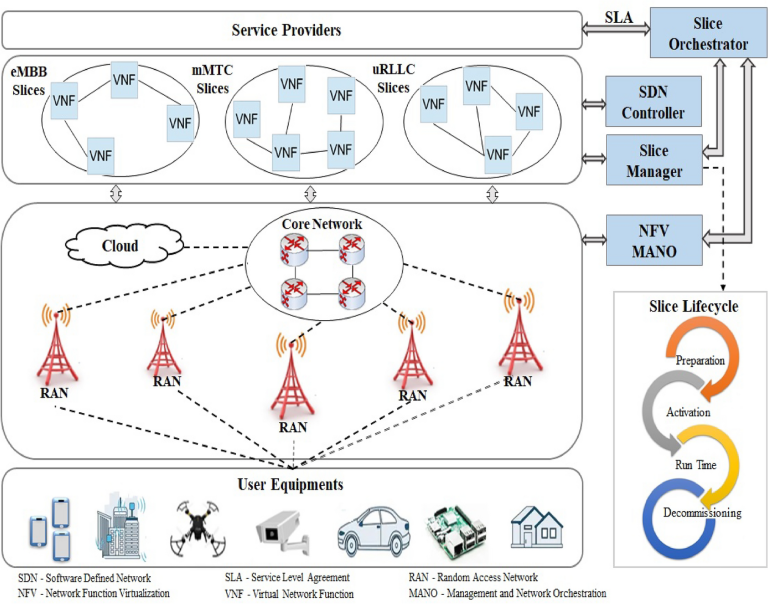What is 5G NRF? Functions, Architecture, and Role in 5G Networks
telcomatraining.com – The 5G network is revolutionizing telecommunications with its high-speed connectivity, low latency, and enhanced reliability. One of the key components of this advanced network is the 5G NRF (Network Repository Function). This article explores what 5G NRF is, its functions, architecture, and its vital role in 5G networks.
What is 5G NRF?
The Network Repository Function (NRF) is a fundamental element of the 5G core network (5GC). It serves as a centralized database that maintains information about all the network functions (NFs) available within the 5G system. NRF enables service discovery, registration, and communication between different network components, ensuring efficient operation and resource management.
Functions of 5G NRF
The NRF plays a crucial role in the Service-Based Architecture (SBA) of 5G networks. Its primary functions include:
- Network Function Registration – NRF allows all network functions to register their profiles, capabilities, and services, making them discoverable within the system.
- Service Discovery – It enables network functions to discover and communicate with other network elements by providing a service registry.
- Load Balancing and Optimization – NRF helps in balancing network traffic by directing service requests to the most appropriate network function.
- Security and Authentication – It ensures secure communication between network functions by authenticating and authorizing service requests.
- Service Status Monitoring – NRF keeps track of the status and availability of registered network functions, ensuring efficient resource allocation.
Architecture of 5G NRF
The 5G NRF follows a Service-Based Architecture (SBA) that enables seamless communication between different network functions. The key architectural components of NRF include:
- Service Registration Database – A repository that stores details of all registered network functions.
- Discovery Function – Responsible for locating and connecting network functions based on service requests.
- Security and Policy Control – Ensures secure authentication and enforces network policies.
- Load Management – Distributes traffic to prevent network congestion and ensure optimal performance.
NRF operates using the RESTful API-based communication model, allowing efficient and flexible interactions between network elements. It adheres to the HTTP/2 and JSON-based messaging protocols, ensuring seamless integration within 5G networks.
Role of NRF in 5G Networks
NRF is essential for the smooth operation of 5G networks. Its key roles include:
- Facilitating Interoperability – NRF allows different network functions to communicate efficiently, ensuring interoperability between diverse network elements.
- Enhancing Network Scalability – By dynamically managing network resources, NRF supports the scalability requirements of 5G networks.
- Improving Network Efficiency – NRF optimizes service discovery and load balancing, leading to enhanced network performance.
- Supporting Edge Computing and IoT – With its ability to manage distributed network functions, NRF supports emerging technologies such as edge computing and IoT applications.
- Ensuring Network Reliability – By continuously monitoring the status of network functions, NRF ensures network reliability and uptime.
Conclusion
The 5G Network Repository Function (NRF) is a critical component of 5G networks, enabling efficient service discovery, load balancing, and security management. Its service-based architecture ensures seamless integration and interoperability within the 5G ecosystem. As 5G continues to evolve, the NRF will play an even greater role in enhancing network performance, scalability, and reliability. Understanding its functions and architecture is essential for network engineers, telecom professionals, and businesses aiming to leverage the full potential of 5G technology.







